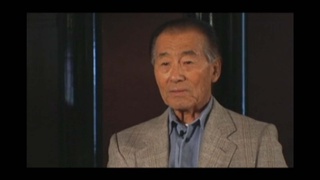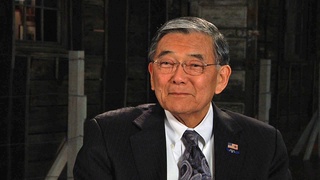Interviews
Figuring out a dollar amount for redress
A proposal at that time was that we seek $10,000 per evacuee, which would have meant—what would have that come to? —$1.2 billion based upon 120,000. And I understood, of course, that these were not people involved that much in law, and particularly tort damages. Ten thousand dollars is miniscule. And for what the government did to these people, $10,000 per head is a disgrace. If you add a couple of zeros on it, that would be closer to what it should be. But as a practical matter, if you add a couple of zeros to that, you’re going to end up with twelve billion dollars, and the system just could not absorb that. So the figure had to be high enough so that they can feel that it hurt, but not so high that it will cause some damage to the cause.
Date: August 27, 1998
Location: Pennsylvania, US
Interviewer: Darcie Iki, Mitchell Maki
Contributed by: Watase Media Arts Center, Japanese American National Museum






